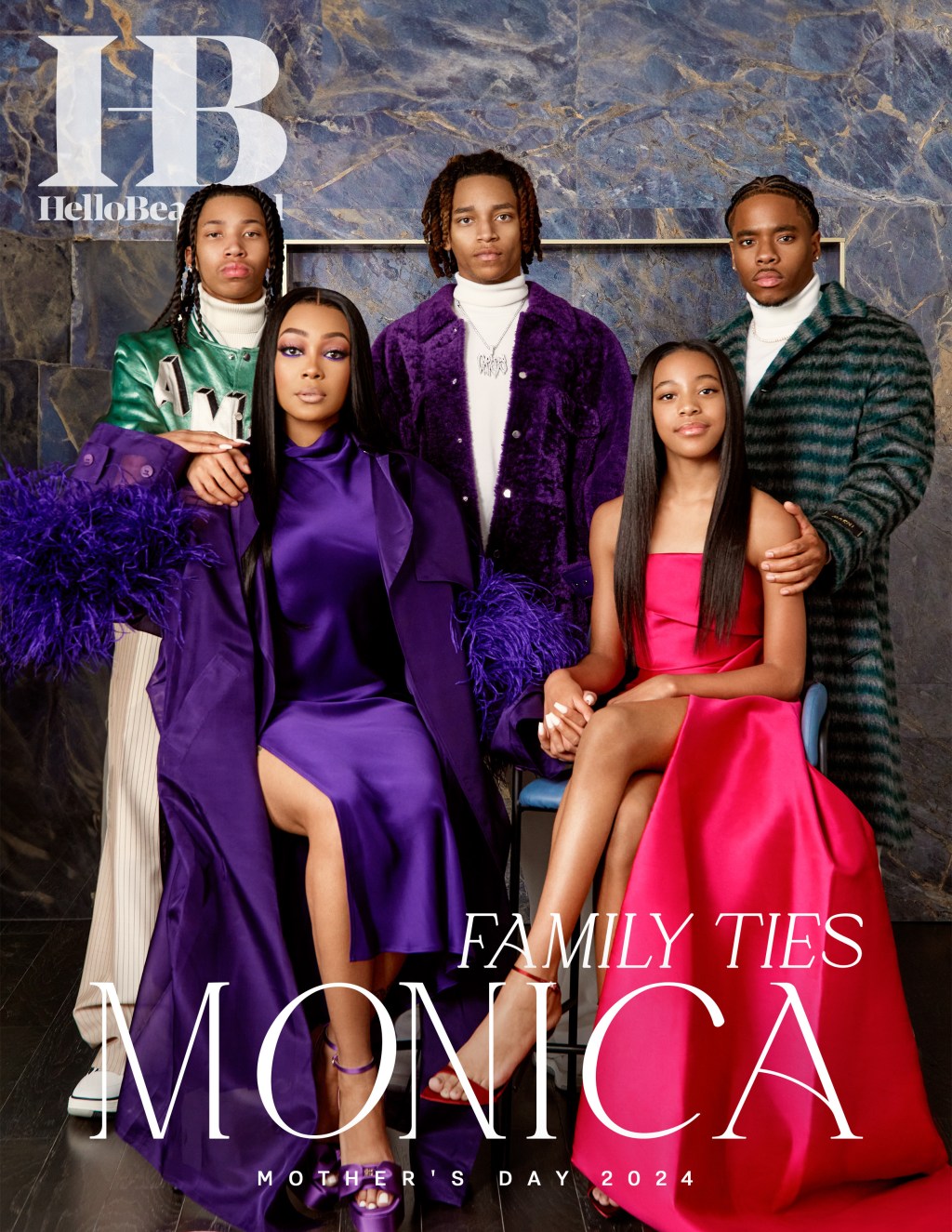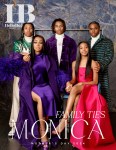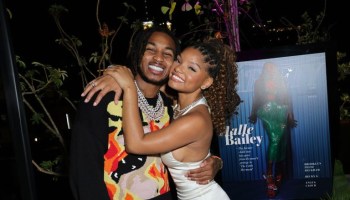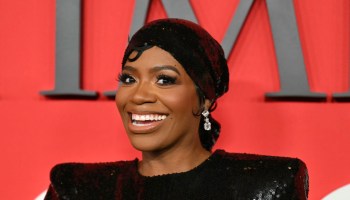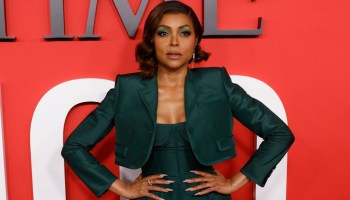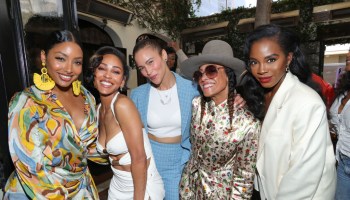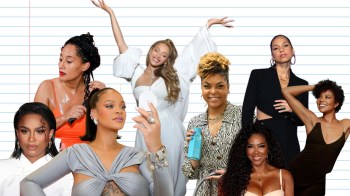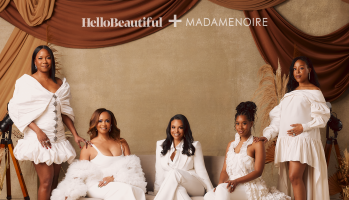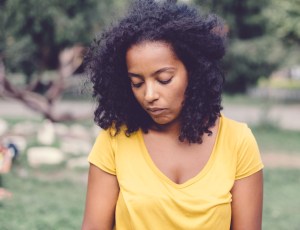
Source: Martin Dimitrov / Getty
An eye-opening report conducted by the Centers for Disease Control Prevention (CDC) suggests that Black women have the highest homicide rates of any other women in the United States.
Looking at data from 18 states that included 10,018 female homicides committed between the years 2003 and 2014, CDC researchers found that Black women are killed at a rate of 4.4 per 100,000 people, indigenous women at a rate of 4.3 per 100,000; and other races (white, Latina and Asian) were between 1 and 2 per 100,000.
They also found that more than half are at the hands of their boyfriends or husbands. Latinas had the highest rates of deaths due to domestic violence with 61 percent, while DV-related deaths among Black women were 51.3 percent.
The new report also found the following:
- 57.7 percent of Black women died of a gunshot wound
- 98 percent of the homicidal partners, regardless of race or method used to kill, were men
- Overall 15 percent of women ages 18–44 years were either pregnant or recently had a baby, but Black women had the highest rate with 18.6 percent
- Black women were more likely to be killed by an acquaintance with 29.0 percent compared to 14.9 percent of white women
Bustle points out that these findings shouldn’t be all that surprising given what past data has shown.
CDC’s 2010 National Intimate Partner and Sexual Violence Survey found that 22 percent of Black women and 26.9 percent of American Indian or Alaska Native women have been raped at some point in their life. Also our reported rates of rape, stalking, and/or physical violence is 30 to 50 percent higher than Latinas whites and Asian/Pacific Islander women.
But regardless of race the CDC stresses that intimate partner violence [IPV] is a public health crisis.
“What’s notable is that this is across all racial ethnic groups,” says Emiko Petrosky, a science officer at the CDC and an author of the report. “Intimate partner violence [IPV] can affect anyone … it really just shows that [this] is a public health problem.“
But what does the CDC believe can be done to prevent these deaths?
“We found that approximately one in 10 victims of intimate partner violence-related homicide experienced some form of violence in the preceding month,” Petrosky says.
“And when we look at it for the non-intimate partner violence-related homicides, that was less than 2 percent. So this indicates that there could have been potentially an opportunity for intervention for those women.”
But it’s important to note that like sexual assault in our community, a large majority of homicides of Black women are committed by Black men. Cindy Southworth, the executive vice president of the National Network to End Domestic Violence, tells Bustle that if we are serious about ending this epidemic in Black America, we have to address racism and inequality as well.
“If we want to end domestic violence and domestic homicide we must also end unconscious institutional racism and other barriers that impact survivors.”
She added: “Our organization envisions a world where no one experiences domestic terrorism in the home, and that survivors know that reaching out for help will not activate a disparate response by the justice system due to the race or ethnicity of the abusive partner.”
Hopefully we care enough about the lives of Black women and girls to actually do something about it.
RELATED NEWS:
RHOA Recap: Bob Whitfield Is Cancelled After Joking About Domestic Violence
Kerry Washington Designs A Bag To Promote Financial Empowerment For Abuse Victims
